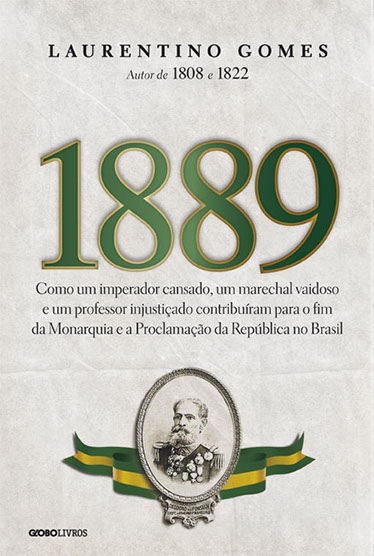
It is almost impossible to understand the today’s Brazil without studying the three dates that mark the construction of the Brazilian State during the 19th century. These are the themes of the trilogy that the writer Laurentino Gomes concluded with this volume on the history of the proclamation of the Brazilian Republic in 1889. The first book, 1808, was dedicated to the escape of the Portuguese King John’s Court of to Rio Janeiro, harassed by the troops of the French Emperor Napoleon Bonaparte, who had invaded Portugal. There began the rapid and profound transformation of the former Portuguese colony in the Americas. As a result, Brazil became Independent in 1822, the second volume of the series.
For 67 years, Brazil remained as the only enduring monarchy in the Americas, but it was an arrangement doomed by its own contradictions. The Emperor Pedro II, one of the most respected intellectuals of the 19 century, ruled a country dominated by slavery, by illiteracy and by landlordism. It was, oddly enough, a monarch of Republican beliefs.
The Brazilian Republic Proclamation was also marked by inconsistencies as well as the monarchy that preceded it. The new regime emerged by a military coup designed by professor and Lieutenant Colonel Benjamin Constant and executed by the sword of Marshal Deodoro da Fonseca, a man of known monarchist sympathies. The Republican propagandists advocated, among other promises, the end of the privileges of the nobility, the expansion of the popular vote and the guarantee to freedom of expression. Nevertheless, the regime soon became a dictatorship under the command of Floriano Peixoto, the "Iron Marshal". In this way, Brazil inaugurated a peculiar Republic without people.
The distance between dreams and reality in 1889 is the backdrop of the chapters that make up this work.
